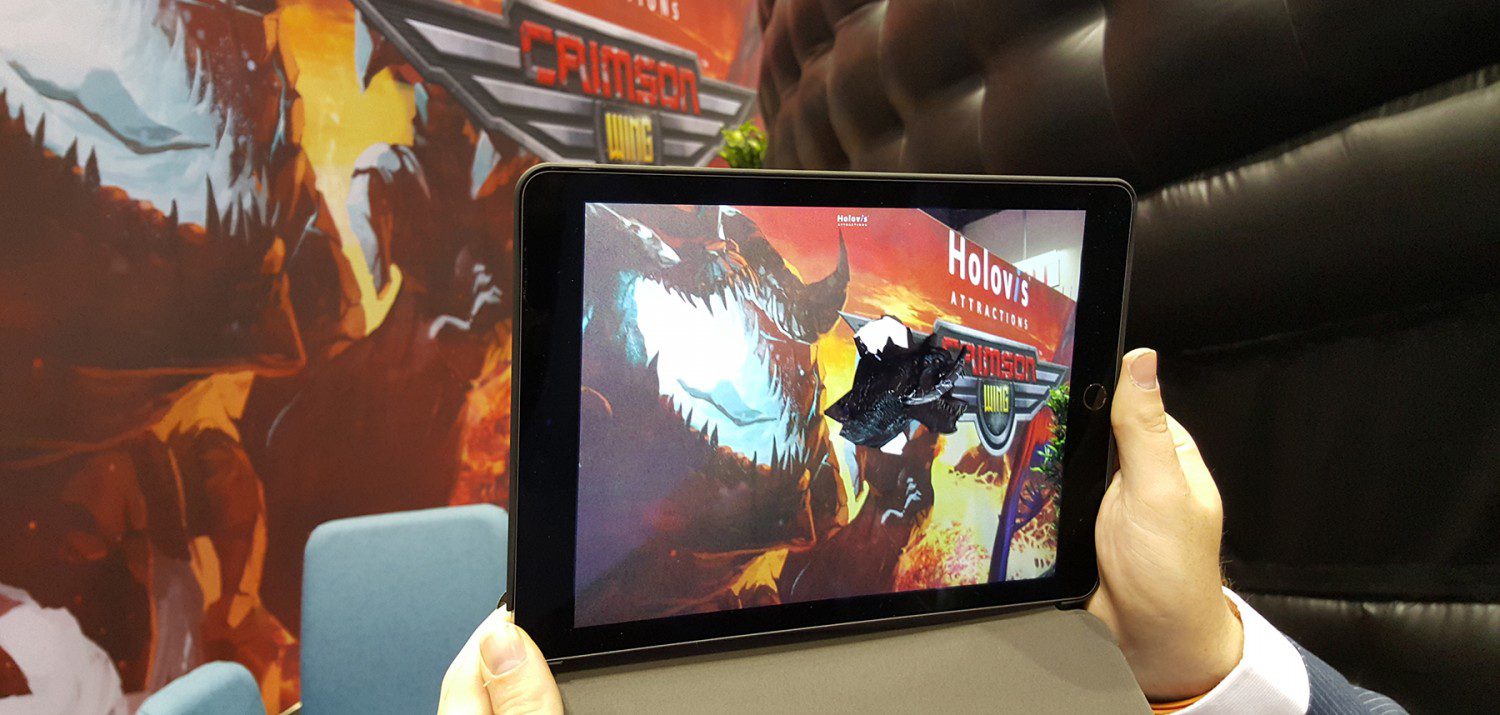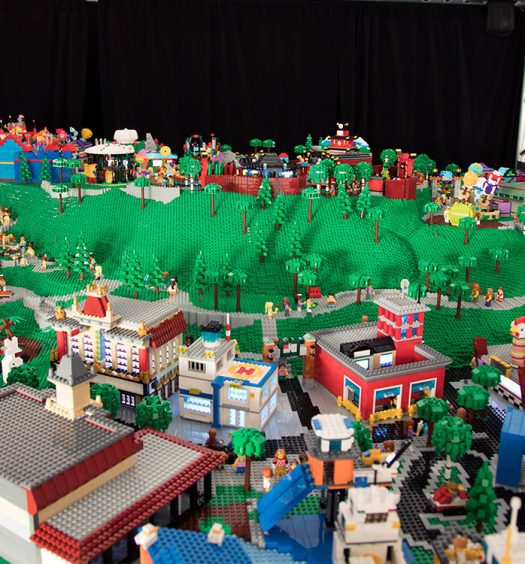Stuart Hetherington, chief executive of Holovis, has been quick to respond to the debate surrounding Pokémon Go and augmented reality in theme parks and leisure venues.
Since its launch earlier this month, Pokémon Go has become the biggest US mobile game ever, with over 23 million active daily users reported by AppInstitute – and this figure is growing by the second.
However, as people around the world continue to enjoy the app, Stuart Hetherington, CEO of Holovis, the UK-based sensory experience design company, has responded to concerns surrounding Pokémon Go, urging leisure operators not to dismiss the many benefits and opportunities brought about by augmented reality (AR).
“Pokémon Go has been widely reported in the media as a seemingly bad thing,” Hetherington told InterPark. “This has, in turn, led to organisations such as IAAPA issuing warnings to parks about people entering restricted zones or trying to take their phones on rides.
“However, we wouldn’t want this to translate into widespread fear about all AR experiences needing to be avoided. They have many good qualities such as benefiting the whole ecosystem with increased dwell times and spend-per-head in the right locations, such as in food and beverage areas, and increased revenue through merchandising sales that react directly to the app.”
He added: “As part of the big fear seems to revolve around people wandering into areas they shouldn’t, it might be reassuring to know that there are many different ways of designing AR experiences. For example, solutions that don’t use GPS positioning and datasets from Google Maps take away a lot of the concerns about roaming.
“The alternative, which Extended Experience apps such as The Battle for Cedar Point are using, utilise the phone’s camera and sophisticated image recognition to detect key elements in the park and overlay the digital media. This is a much more precise method.
“Both approaches, whilst quite different, are well-suited for their user experiences. It’s the careful selection of the appropriate tools for the environment, coupled with polished execution that culminates in a magical user experience.”
Hetherington continued: “To us, perhaps the most exciting thing about Pokémon Go is that, for the first time ever, mainstream consumers are learning about and experiencing augmented reality – something that we’ve been working with for the past several years.
“Augmented reality is not a particularly new technology, but it still remains new to most people and now all that is changing as Pokémon trainers emerge among us. People are beginning to see and more importantly feel how powerful these kinds of experiences can be.
“Augmented reality is aptly named: it’s all about taking the ordinary and transforming it into something extraordinary, making magic out of the mundane so let’s not take away the magic before it has had a chance to truly get started.”

















